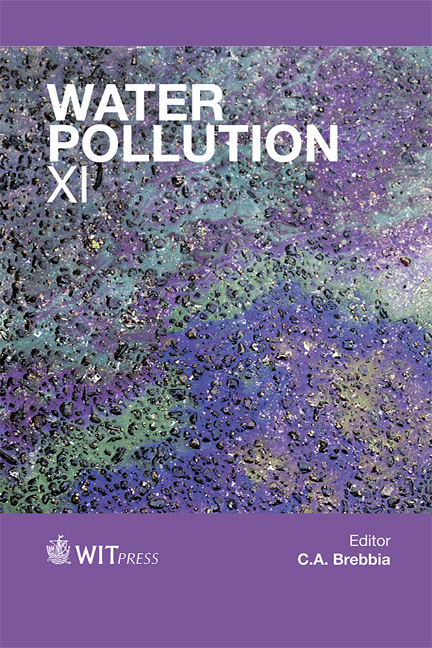The Inevitability Of Molecular Methods For Drinking Water Analysis
Price
Free (open access)
Transaction
Volume
164
Pages
8
Page Range
89 - 96
Published
2012
Size
339 kb
Paper DOI
10.2495/WP120081
Copyright
WIT Press
Author(s)
E. S. Al Saleh, A. Eissa, H. Drobiova, Z. Taqi & C. Obuekwe
Abstract
Drinking water regulations focus on the absence of indicator microorganisms in drinking water supplied to the end consumers to avoid the spread of potential diseases to members of the community. However, low counts of total heterotrophic bacteria are permissible. In general, total heterotrophic plate counts (HPC) may be used to represent the general hygiene of water where high HPC could indicate the presence of pathogenic bacteria, e.g. coliforms. Almost all of the standard methods for testing drinking water samples are culture-dependent methods that only detect microorganisms capable of utilizing standard microbiological culture media. However, the presence of viable but not culturable (unculturable) microorganisms (VBNC) makes it extremely important to employ techniques capable of detecting this fraction of water-borne microorganisms. Thus, the aim of the current study was to compare the outcome of applying traditional and molecular techniques for drinking water analysis. Results demonstrated the presence of VBNC bacteria such as Salmonella enterica, Corynebacterium glutamicum, Brachybacterium faecium, Clostridium phytofermentans, Enterobacter sp., Beutenbergia cavernae, Saccharomonospora viridis, Bacillus subtilis, Fervidobacterium nodosum in some water samples, which were not detected by traditional techniques. This suggested that, molecular techniques are inevitable and more reliable than traditional methods. Keywords: drinking water analysis, membrane filtration, 16S rRNA. 1 Introduction The requirement for potable water in modern societies is continuously rising with the increase in the size of populations and the standards of living.
Keywords
drinking water analysis, membrane filtration, 16S rRNA





